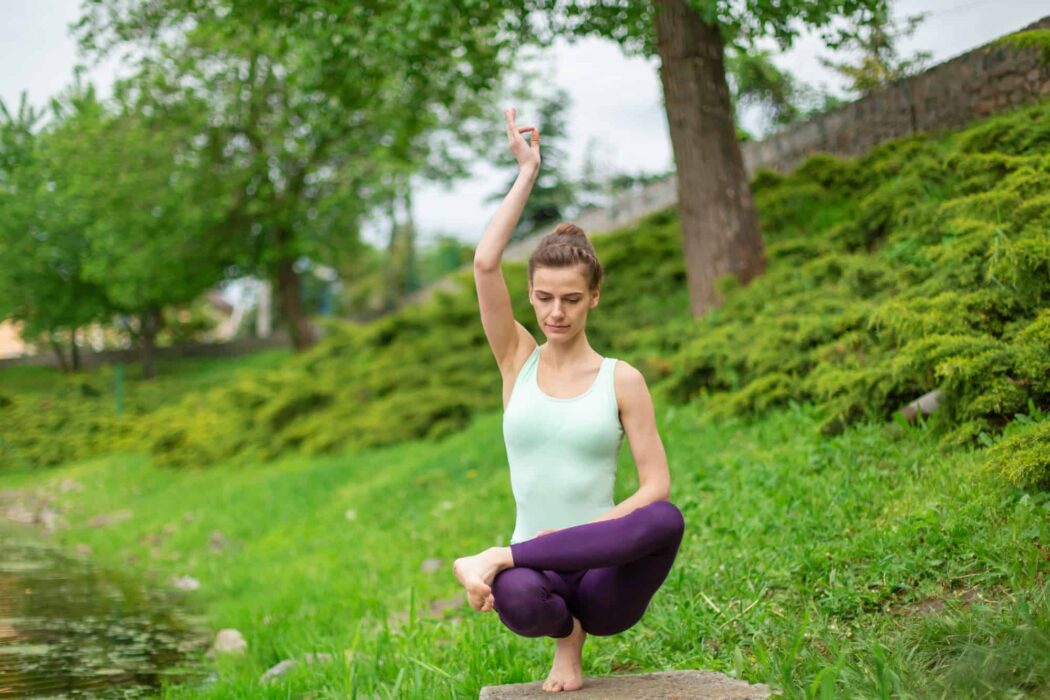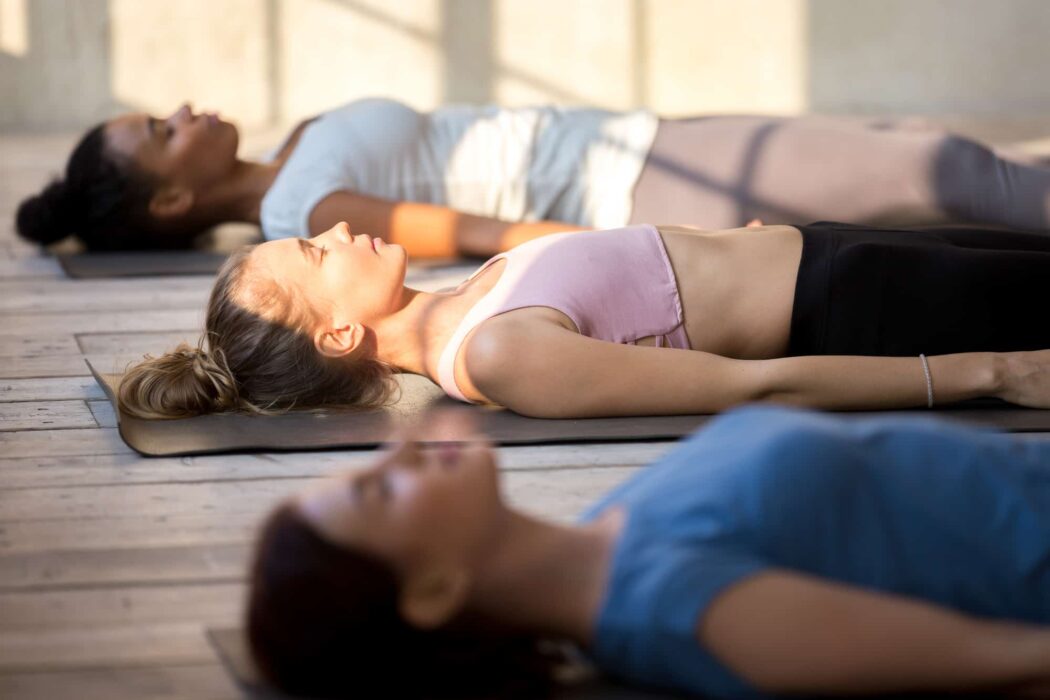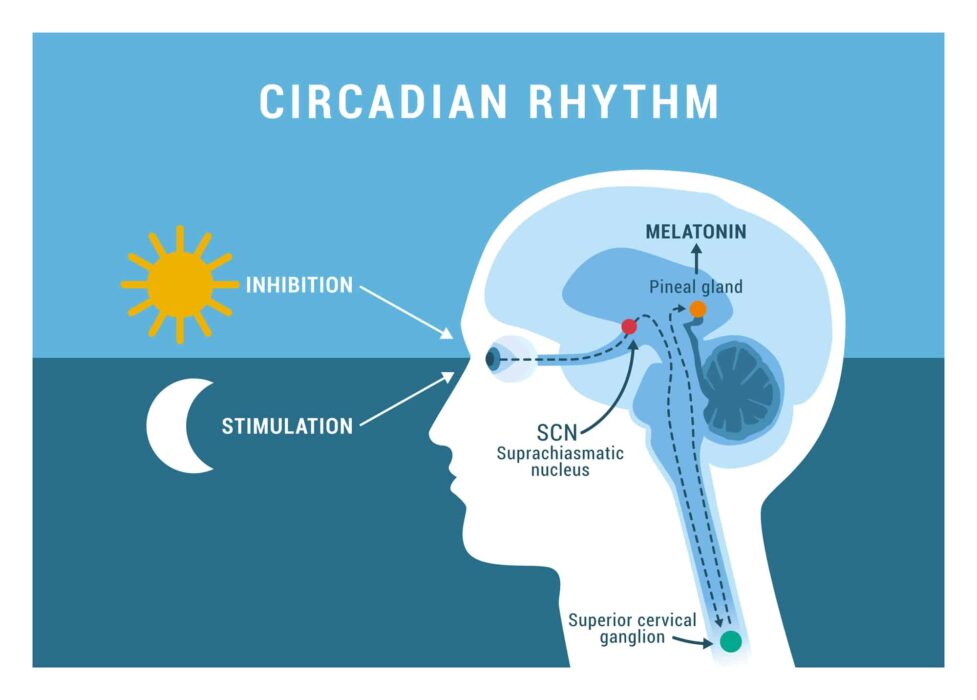Saying yoga is good for you, we really mean it!
Well, some of you can object that each Pilates or stretching instructor will say the same. And generally speaking, some yoga benefits intersect with the outcomes gained from exercises present in many fitness activities.
So, in this post today, we won’t be explaining some general yoga benefits, like more solid muscles and better flexibility. Instead, I want to go through the effects that you get from yoga practice. These effects are more profound and more prolonged in time.
Sometimes they can be unexpected and surprising, and the other days – they give added yoga benefits you can’t get from doing just stretching.
Curious, what are those? Let’s move on!
Developed Balancing Skills and Posture
Numerous static standing yoga poses allow you to coordinate your body’s position better. And when you add dynamic yoga balances – you benefit your coordination and balance twice as much.
Huh, but who really needs that balance – you may ask. And, why is good balance important? And I’ll tell you why.
A well-coordinated work of balance system guarantees the position in the room (or on your couch). It includes accepting and processing signals from the vestibular system in the inner ear, eyes, skin receptors, muscles, and joints sensors.
Which Yoga Is Best For Lower Back Pain?
The signals gathered and processed by the central nervous system (simply your brain and spinal cord) give you an idea how where your body is and what its position is at each moment of the time.

The proper balance guarantees you don’t fall and injure yourself. With the developed balancing skills, you can walk, sit and perform more complex tasks with your body.
On top of the above, with better balance, your posture also improves. Better posture means less back pain, no sciatica issues, and freedom in movement for years to come.
Still don’t think you need yoga for balance? Take a quick balance skill test below that convinces you better than I can.
Balance Test
- Try to stand on your left or right leg for more than 30 seconds without losing your balance and falling.
- Put your feet in one line (right leg is in front of left one). Hold this position for around 30 seconds. Check if you can do that without swaying.
- Stand on both feet and reach your arms forward. Typically, you should be able to stretch up to 25 sm in front of you without losing the balance.
Suppose you were close to normative – great! But if not – it’s time to sign into a yoga class and work on your balance.
And that’s is really easy to do with asanas below.
Yoga Poses to Try:
- Tree pose is a beginner’s pose to improve balance and develop leg muscles. While it seems so easy to do, don’t be tricked by it. The pose challenges your concentration and ability to stay grounded. Also, it helps strengthen legs starting from the soles and all the way up to the buttocks.
- Warrior pose is good for intermediate yogis. It improves knee health and stability, makes your calves and hamstrings stronger. Plus, there are 3 Warrior poses to learn, each of those is more complex than the previous.
- Half Moon pose is good to open hips and build strength in legs. Doing Half Moon you learn to coordinate the body movements better. It also helps you understand how all parts of your body are interdependent from each other. Below check a short tutorial to master Half Moon pose at home:
Freedom in Breathing
As long as you are alive, you breathe. An adult person typically makes 10-12 breaths per minute, resulting in 17,000 to 30,000 complete breath cycles during the day.
Breathing is an unconscious process that is well-regulated by your body. All you do is connected and be guided with breath. If you work out, sleep, or speaking with your friend – your breath changes according to the amount of oxygen your body needs to perform each activity.
Why Yoga Breathing Is Important?
Most people have shallow breathing due to different reasons.
For example, improper posture or too much sitting can result in a tight chest, thus reducing your lungs’ volume and air intake.
Smoking and chronic respiratory conditions, plus anxiety or constant stress, make you inhale less. As a result, your brain and essential body systems experience oxygen starvation, and their functions worsen.
To avoid such effects from your everyday life, yoga teaches deep smooth breathing and different types of pranayamas.
Yoga Breathing to Try:
- Full Yogi breath (Dirga Pranayama) – the simplest yoga breathing you will learn as a beginner. It helps calm down and be centered in your body and senses for the yoga practice.
- Ocean breath (Ujjayi pranayama) – warming breathing that increases your heart rate and circulation pace.
- Skull Shining Breath (Kapalabhati pranayama) – short intense exhales combined with more relaxed and passive inhales. This pranayama improves digestion and is good for weight loss practices.
Tip: Pranayamas are more advanced yoga practices. So be sure to start practicing pranayama under the supervision of your instructor! Don’t overuse breathing techniques and make sure you are ready to do them.
Less Pain
While back pain and headache are different conditions, yoga can still help relieve both and improve the overall well-being and mood. And it’s working in several ways.
But first off, let’s understand what is pain and where it comes from?
Pain is a sensation (physical and emotional) telling you something is wrong either with your body or soul. Painful signals travel from your muscle tissues through nerves and ask your brain to react and prevent further damage. So your brain is the organ responsible for feeling pain.
Yoga poses aim to stretch and build strength in muscles and improve overall mobility, flexibility, and range of motion. That, in turn, reduces soreness after the training or working in a garden.
On the other side, meditations and the ability to focus you develop with yoga practice positively affect your perception of the pain.

Army veterans with brain trauma and chronic pain who undergo yoga Nidra practice for the study of chronic pain management reported the pain decrease by 23-42%. Their daily life was less interfered with by pain attacks and became calmer.
Poses to Try For Back Pain:
- Cat-Cow pose has a therapeutic effect on the lower back. It is often used to treat sciatica along with other yoga for sciatica practices.
- Down dog is a well-known yoga pose and an inversion, FYI. It stretches the spine gently and strengthens core muscles.
- Cobra pose tones the back muscles and nerves. When done correctly, can benefit your spine and back. But mind it needs to be done with precautions. Here, have a look at the alignment in the pose to exercise it correctly:
- Child pose is, probably, a favorite pose for students in every yoga class. Relieves back pain and tension, and allows to safely relax the lower back.
Poses to Relieve Shoulder Pain:
- Eagle pose releases tight shoulders and makes them more flexible to prevent any stiffness and pain. Like all things in yoga, Eagle is a complex pose, so you will be working not only with shoulders but with chest, hips, and balancing skills in this pose.
- Seated forward bend stretches the whole body including the spine and shoulders.
- Puppy pose is also known as Heart melter. It’s another stretching pose to open up the shoulder area. Make sure you go in and out of the pose smoothly and keep breathing doing it.
Poses to Treat Hip Pain and Tension:
- Low lunge is a great way to relax hips, groins, and quadriceps.
- Pigeon pose is good to practice for tight hip flexors and lower back tension.
- Bound angle pose can be a lifesaver with sciatica, fatigue, and hip joints stiffness.
Tip: In severe and sharp pain, be sure to check up with your doctor before performing any of the above postures!
Improved Joint Health
In gym workouts, the joints and their condition are often overlooked. Too much weight lifting or aggressive exercises put an extra load on your joints and cause they are wearing out. How? To explain, let’s have a short anatomy overview.
The joint is a point where 2 bones connect. This place is surrounded by a joint capsule filled with synovia (or joint liquid) that cushions bones’ ends and prevents wear.
The joint capsule or membrane produces enough fluid to lubricate your joints and keep them healthy. But with age and\or excess loads on your joints, the amount and consistency of joint liquid changes. It becomes viscous. As a result, your bones start to rub each other and wear. This is accompanied by joint pain.
Exercising improves joint capsule circulation and the production of synovia. And this is where yoga’s low-impact asanas can help you a lot.
Yoga Poses to Try for Joint Health:
- Bridge pose
- Mountain pose
- Knee-to-Chest Pose
- Staff pose
Better Sleep
More than 10 pieces of research in this field agree that with yoga, you’ll sleep better. Breathing yoga techniques are also used to treat severe sleep disorders and insomnia.
Every human has its circadian rhythm, which is an in-built process that regulates your sleep-wake cycles. And while 100 years ago, it matched day-night cycles, nowadays the situation is different.

Today, a faster living pace, exhausted stress reaction system, emotional tension, and active social life can disrupt natural rhythms. Thus, you have trouble falling asleep or wake in time; you often wake up during the night and can’t get back to sleep, etc.
To relieve this, use restorative yoga poses. They activate the parasympathetic nervous system, help calm down and relax. An evening yoga session can be a great ritual to notify your body and mind about bedtime and prepare you to sleep.
Yoga Poses for Sleep:
- Happy baby pose despite it looks funny, the pose is a true relaxation at the end of the day.
- Legs up the wall pose relieves the fatigue and soreness in the legs and lower back. You can hold this pose for longer up to 15 minutes to get more benefits from it